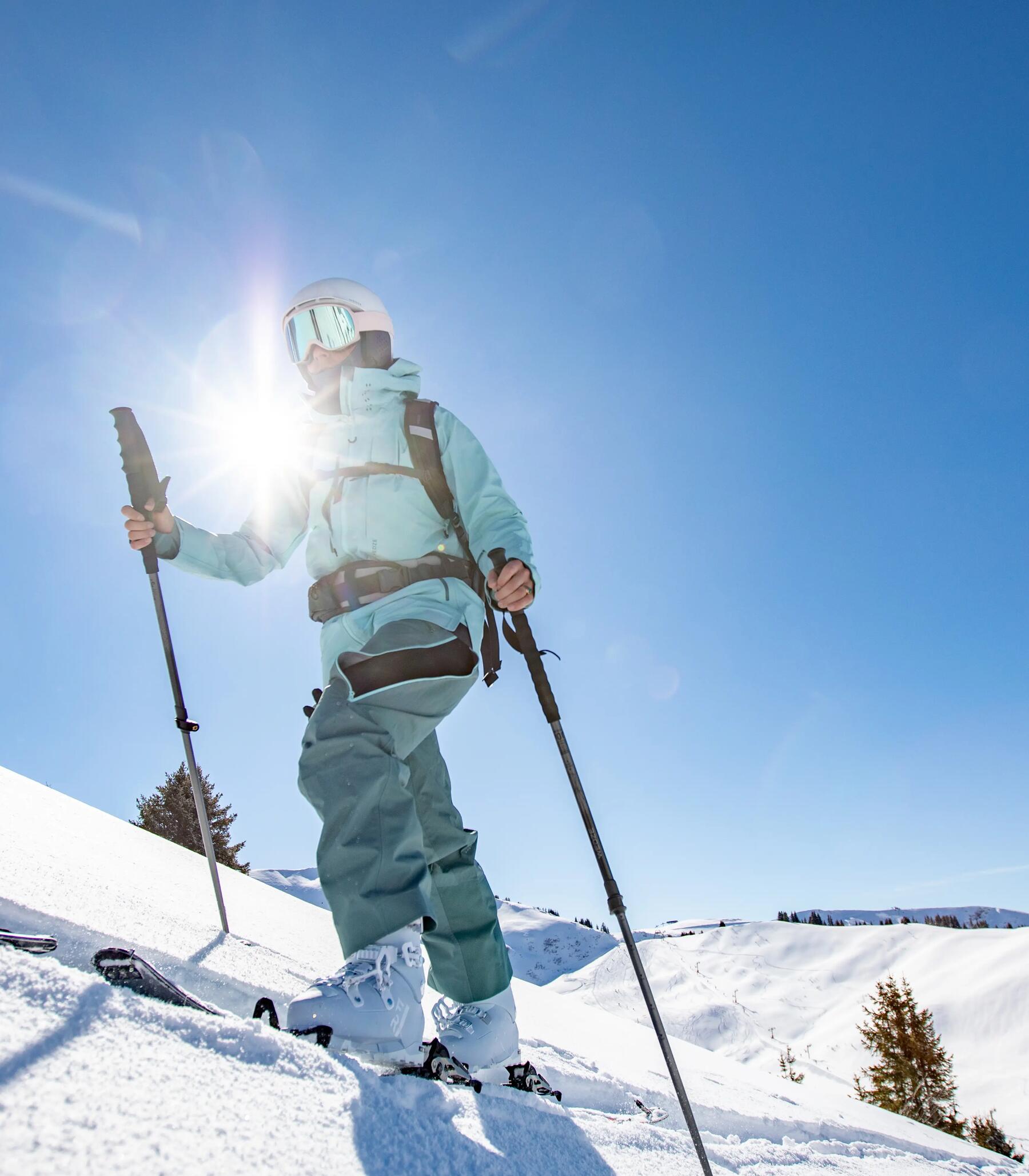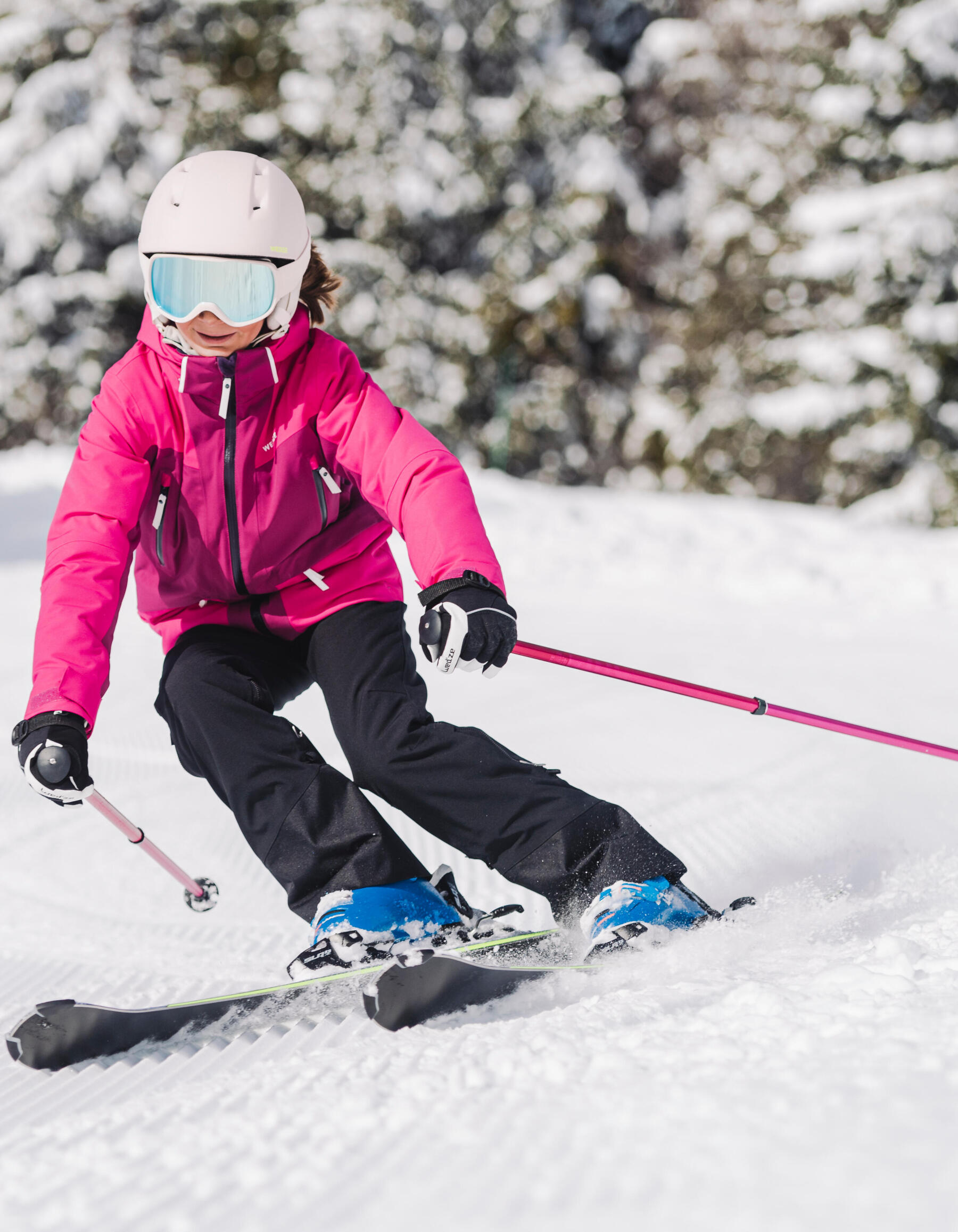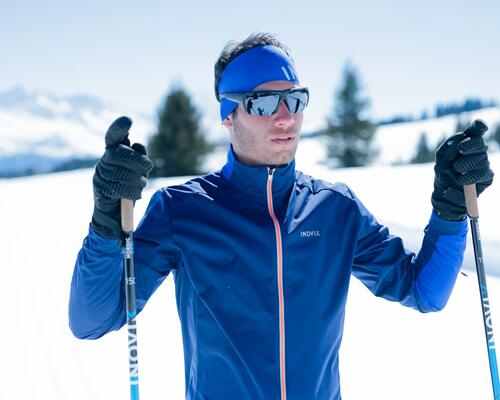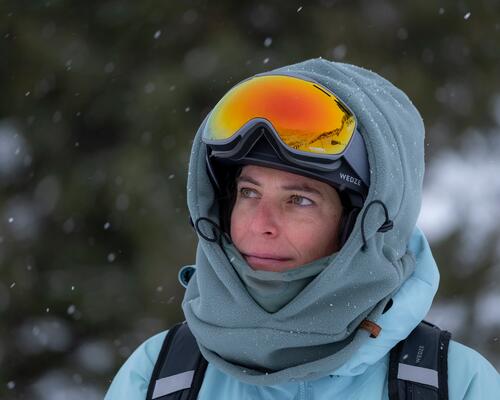LENGTH, DIMENSION AND SIZE OF SKIS ACCORDING TO YOUR LEVEL: HOW TO CHOOSE?
Something to consider when you pick your skis is what level of expertise you have.
Downhill skiing: If you enjoy making quick turns, pick up shorter skis. If you want to ski fast, choose a longer pair of skis. Beginners: Shorter skis are preferable as they offer more maneuverability and can be ideal for those new to the sport.
Body weight is another factor to consider.
Avid skiers: with a higher body weight should opt for slightly longer skis.
Experienced skiers: may prefer longer skis that offer more glide and stability.
The size of your skis will also depend on the type of skiing you are doing.
Downhill: -5 to -15 cm
Mixed: your height -10 cm
Freeride: -5 to +10 cm
Freestyle: your height up to -10cm








